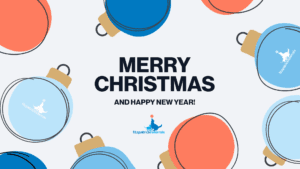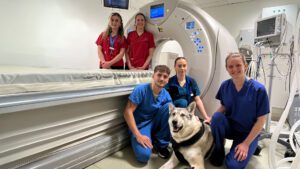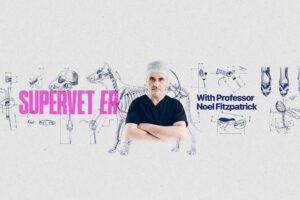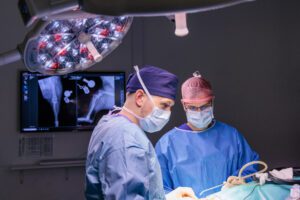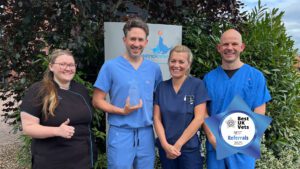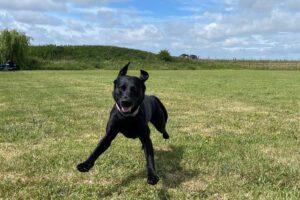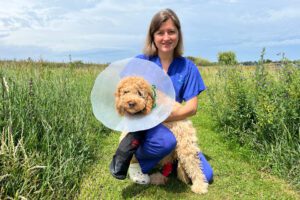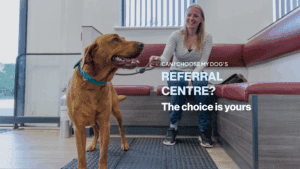Objective
To report clinical experience with autogenous bone grafting, with and without metallic implants, for treatment of lameness attributed to incomplete ossification of the humeral condyle (IOHC).
Study design
Case series.
Animals
Dogs (n=8; 9 elbows) with IOHC.
Methods
A transcondylar humeral bone core was removed and the resultant socket grafted using autogenous bone harvested as either free cancellous bone or a corticocancellous dowel using an osteochondral autograph transfer system. In 8 elbows, additional support for the humeral condyle was provided with metallic implants. Postoperative outcome was assessed by clinical, radiographic, computed tomographic (CT) and owner questionnaire examinations in the short and medium term.
Results
Eight dogs (9 elbows) were treated surgically for IOHC. Graft types were free cancellous graft (n=2) or corticocancellous dowel (7). Condylar augmentation was performed using epicondylar cross pins (1); transcondylar Acutrak (AT) screw and epicondylar cortical screw (1); and a single transcondylar AT screw (7). Lameness resolved in 1-12 weeks. Bone bridging was documented in 7 of 8 elbows assessed by CT examination. Owner questionnaires (6 dogs) assessing daily functions were available for 7 of 9 elbows (follow-up, 6-45 months). Relevant follow-up function scores were significantly improved compared with preoperative values. One dog was intermittently lame and was administered nonsteroidal antiinflammatory medication.
Conclusion
Use of autogenous bone grafting techniques leads to resolution of lameness attributed to IOHC. Augmentation of grafts with implants like the AT screw is recommended.
Clinical relevance
Autogenous bone grafting techniques represent a viable alternative or adjunct to existing techniques for clinical management of IOHC in the dog.
